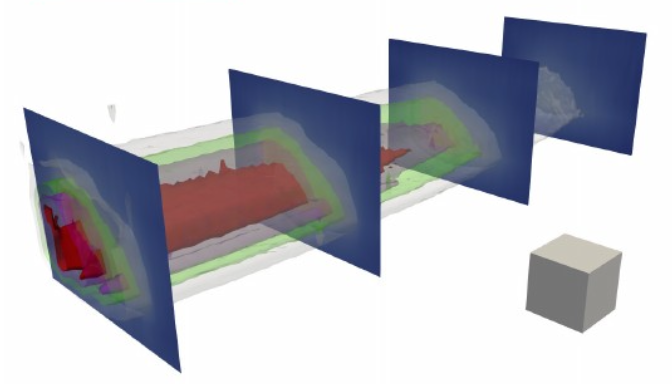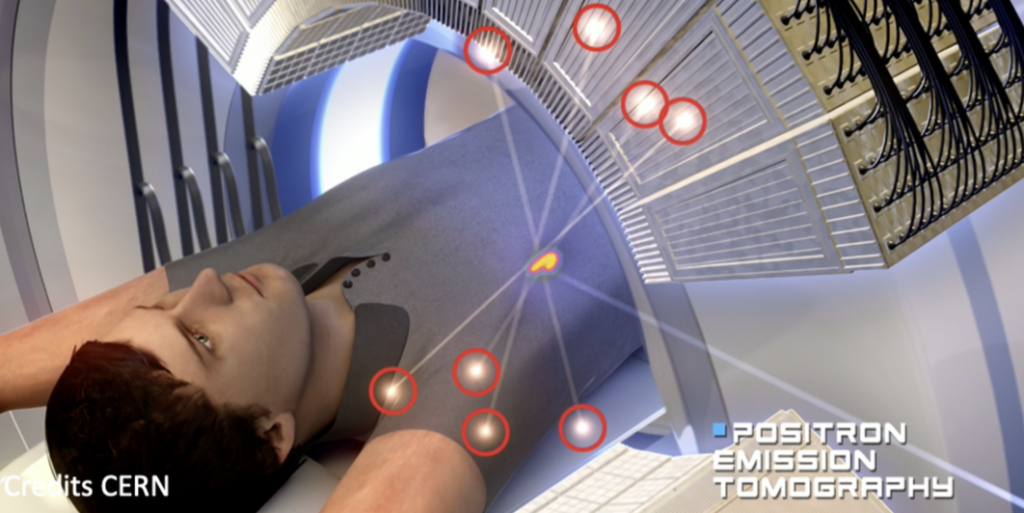Partners involved: CNR-IFC, CNR-IN, CNR-INO, INFN, UNIPI
Coordinators: Alessandra RETICO (INFN), Luca LABATE (CNR-INO)
Outline: FLASH ready VHEEs are expected to be available as pencil beams with a few millimeters size. In order to allow the irradiation of the typical tumor volumes, efforts have to be made to optimize the tumor coverage, and the effects of spatial fractionation need to be fully understood. On the other hand, the use of pencil beams will allow a fine tuning of the radiation dose conformality, provided that suitable radiation delivery strategies are developed. These issues will be addressed within this subproject, initially by means of Monte Carlo simulations. The laser-driven VHEE beams developed at CNR-INO within subproject 1 will then be used to demonstrate the possibility of advanced dose conformality capabilities. The extremely hypofractionated regime envisaged for FLASH treatments requires control imaging systems able to check the compliance of the treatment plan in vivo with high accuracy and during the very short irradiation time. The aims of this sub-project are to develop two innovative control imaging systems.

The first one is a Cerenkov luminescence imaging (CLI) system. The incoming electron beam and a significant fraction of the produced charged secondaries have an energy well above the threshold for Cerenkov emission in tissue (approximately 220 keV), thus a detectable optical signal is produced. For superficial irradiations with electron beams, it has been shown that this signal is proportional to the dose.
The second one is a PET prototypal scanner able to image in quasi real time the footprint of the beam in a phantom by detecting the annihilation radiation produced by the electromagnetic shower in the crossed materials. From the measured 3D annihilation map the actual dose distribution may be retrieved. The two systems are complementary since the Cerenkov imaging system may provide information on the dose conformality of skin tumors treated with low energy beams while PET imaging may provide insight on the dose distributions mostly for deep-seated tumors treated with VHEE FLASH beams. This sub-project will be carried out by UNIPI in collaboration with INFN for the Monte Carlo simulation studies and with CNR for in vitro and in vivo studies. It will be linked to sub-project 3, 4 and 5.

